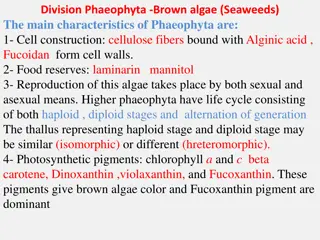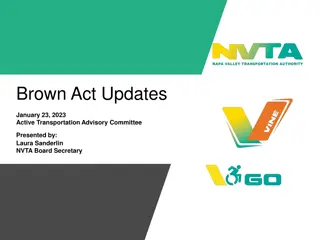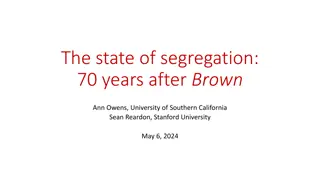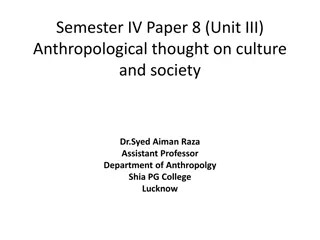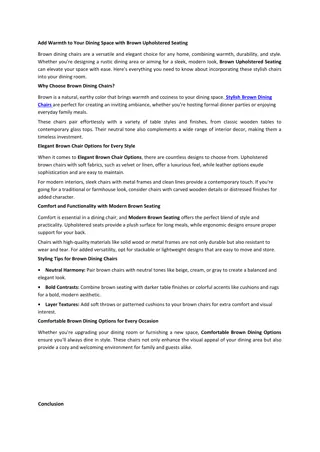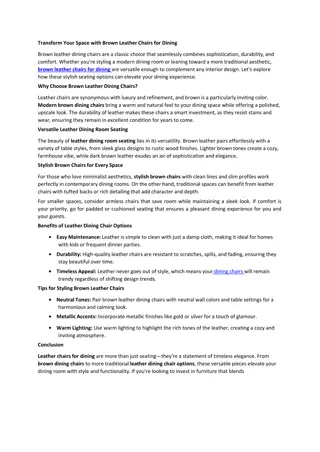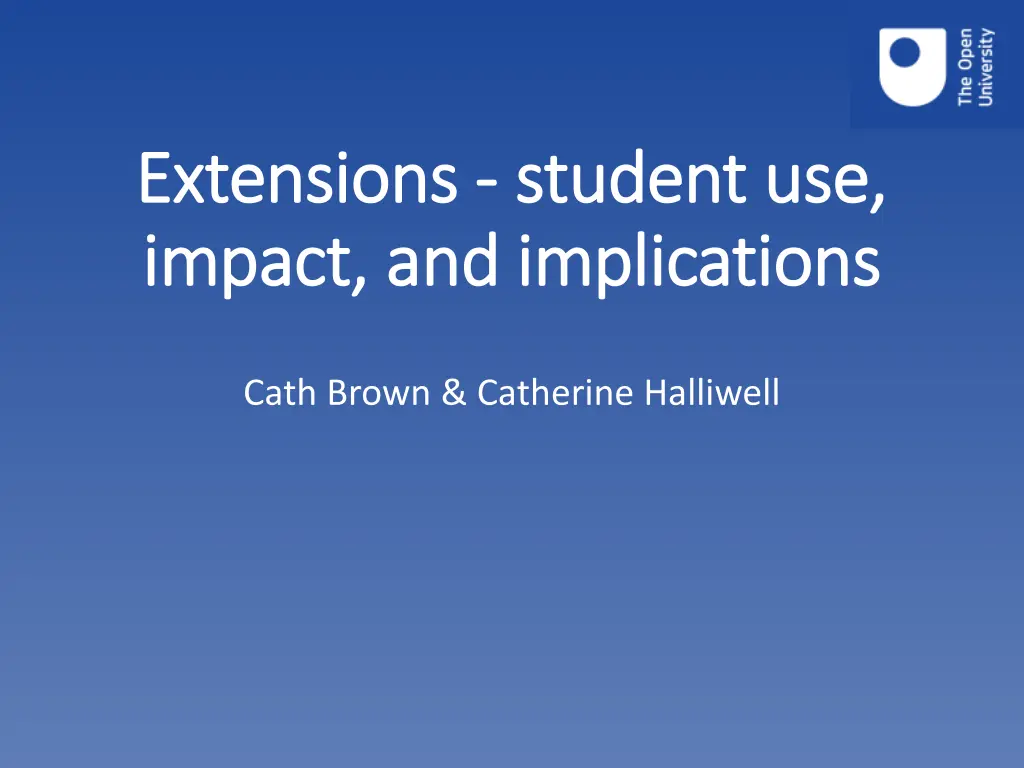
Exploring Student Use of Extensions and Implications for Academic Success
Discover the impact of student use of extensions on academic success, with insights on high intensity study, support for non-traditional students, and correlations between extension requests and final outcomes across modules in Health Sciences & Natural Sciences.
Download Presentation

Please find below an Image/Link to download the presentation.
The content on the website is provided AS IS for your information and personal use only. It may not be sold, licensed, or shared on other websites without obtaining consent from the author. If you encounter any issues during the download, it is possible that the publisher has removed the file from their server.
You are allowed to download the files provided on this website for personal or commercial use, subject to the condition that they are used lawfully. All files are the property of their respective owners.
The content on the website is provided AS IS for your information and personal use only. It may not be sold, licensed, or shared on other websites without obtaining consent from the author.
E N D
Presentation Transcript
Extensions Extensions - - student use, student use, impact, and implications impact, and implications Cath Brown & Catherine Halliwell
Project Overview Project Overview Why do it? Increasing numbers of extension requests o Connection to high intensity study? o But what is the impact on students? Research questions Do students studying at high intensity have more extensions? How does use of extensions relate to success? How are students using extensions? What are the implications for assessment and course design Implications for supporting non-traditional students Methods Statistical analysis and focus groups of students and of ALs Modules S294, S295, SDK228, SK299, SXHL288 Health Sciences & Natural Sciences
Who has extensions? Who has extensions? Proportionately twice as many for disabled students as non disabled More for Health Sciences than Natural Sciences students Not just low attainers On a module by module basis, no clear relationship between study intensity and number of extensions Interesting? Only 31% of extensions were official recorded on the system 37% of those not recorded (26% of ALL extensions) were 1 day. Many of these are likely to be late submissions
Any adverse impact? Any adverse impact? Extension requests on TMA 01 can be a sign of struggle Link with final outcome (drop-out/ fail/pass) shown for four of the modules S294, SK299, SXHL288 (p < 0.01); SDK228 (p < 0.05) S295 no link shown (p > 0.1) Multiple extensions show link with final grade Total number of extensions shows association with outcome for all five modules (p < 0.01) But still plenty of students with all grades taking multiple extensions Total length of extensions an issue for just one module S294 shows negative correlation (p < 0.05) between total length of extension and OCAS and OES scores This is the most content-heavy of the five modules
Data Data Dropout & Grades S294 Dropout & Grades S294 Drop out After TMA 3 (24) 0.0% 20.8% 29.2% 50.0% Fail Pass After TMA 1 (53) 35.8% 64.2% After TMA 2 (50) 10.0% 26.0% 64.0% After TMA 4 (3) Passive Withdrawal (27) Fail (76) 10.5% 11.8% 11.8% 27.6% 38.2% 40-54 (57) 10.5% 14.0% 14.0% 29.8% 31.6% 55-69 (103) 17.5% 16.5% 12.6% 12.6% 40.8% 70-84 (75) 22.7% 18.7% 16.0% 25.3% 17.3% 85-100 (13) 38.5% 15.4% 15.4% 23.1% 7.7% 0 ext 1 ext 2 ext 3 ext 4 ext 0.0% 0.0% 0.0% 0.0% 22.2% 40.7% 14.8% 22.2% 0.0% 100.0%
Data Data S294 impacts S294 impacts
How are they used? How are they used? Not used tactically No suggestion from either students or ALs that there s significant tactical use of extension to balance workloads, or to gain other advantages Disability AL focus groups highlighted disability as a frequent factor Less mentioned by students but student focus is on own circumstances Time management and workload Mentioned by both groups Nature, as well as timing, of specific assessments comes in Life events Highlighted as a very common reason by both groups
Recommendations Recommendations Students with significant extension on TMA 01 MILLs intervention to prompt discussion of workload and signposting to resources Could feed into tutor-facing dashboards Assessment design Consider timings of assessment points Look into the balance of report writing/ essays/ problem-solving to see what students find time-consuming o We suggest gaining further insight from Curriculum Design Panel Approach to granting extensions We recommend ALs and STs continue to take a flexible and sympathetic approach when discussing extensions with students
Recommendations Recommendations Advice to students Ensure students are made aware of the benefits of engaging with their tutors to discuss the best strategies Disabled students We suggest that scholarship centres, Assessment Policy Group and PVC- Students look at the impact of extensions for disabled students Extensions policy The current extensions policy enables students to continue who would otherwise drop out. We recommend the OU continues with a flexible policy on extensions and considers where else similar flexibility might be beneficial. The data on numbers of unofficial extensions should inform this flexibility to avoid adversely impacting students. OU systems should enable an equitable approach for students and ALs
Thanks for listening! Thanks for listening! Any questions? Any questions? Cath.Brown@open.ac.uk Catherine.Halliwell@open.ac.uk Acknowledgements: eSTEeM, Data & Student Analytics, our project mentor, Rachel Hilliam, Student Focus Group Facilitator Charlotte Hancox, and our student and AL participants
Data Data Intensity by Module Intensity by Module
Data Data Qualification & Intensity Qualification & Intensity Q64: n = 124; Q71: n = 225 Q64: n = 46; Q71: n = 62 Q64: n = 166; Q71: n = 291 Q64: n = 27; Q71: n = 68






